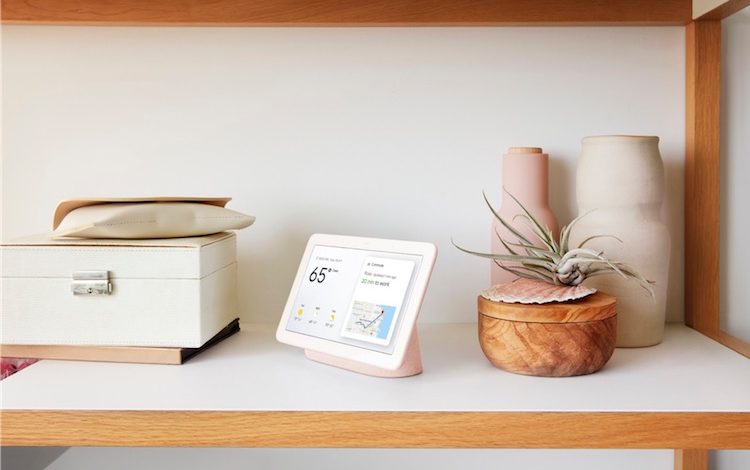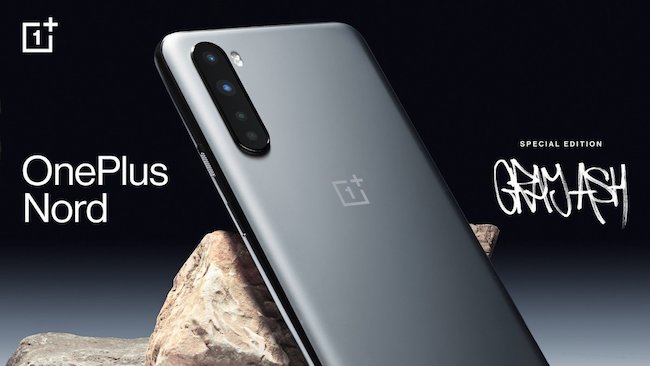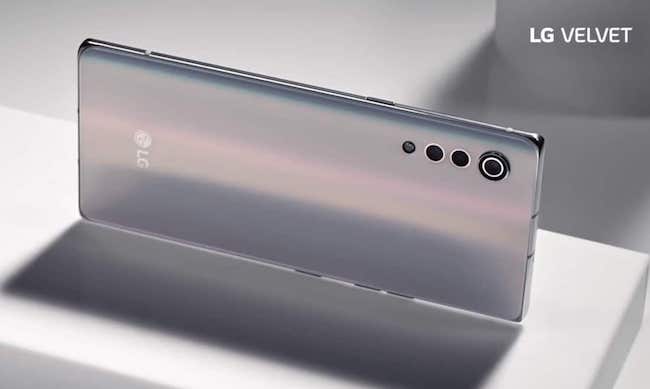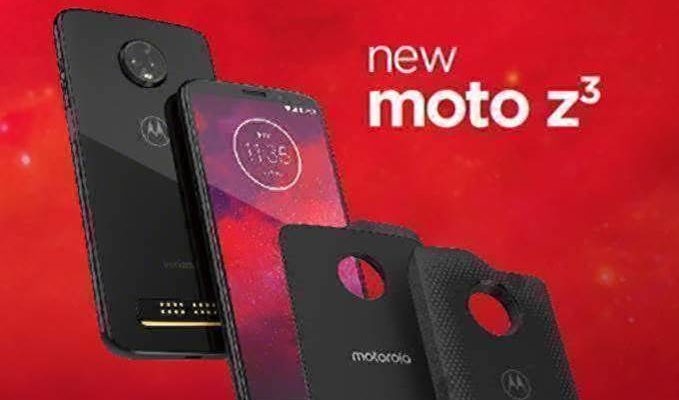Google’s latest smart home product is essentially a Google Home with a screen, but the Google Home Hub could hold the most promise for the company’s hardware and services integration. Announced at Tuesday’s Made by Google event, the Google Home Hub features all of the bells and whistles a user would see on standard smart home products. It can give weather and traffic reports, and execute various voice commands, but at its core, it is a media consumption device.
Introducing Google Home Hub into the Google ecosystem comes at a time when the company is also working to promote its revamped YouTube services. These include YouTube Premium, a rebrand of YouTube Red, and YouTube Music, which is being set up to eventually replace Google Play Music. Additionally, Google is building its roster of YouTube Originals TV shows and movies, as well as hosting its own cord cutting YouTube TV platform. It makes sense that Google would create a smart product on which to display said content.
While not perfect, Google has the most complete catalog of varying media in comparison to the content associated with other smart display devices, including the Lenovo Smart Display, the Amazon Echo Show and the Facebook Portal. Most of YouTube’s 1.9 billion monthly users are consuming content delivered by native YouTube creators, in addition to its other services.
This makes the Google Home Hub ideal for its marketed locations in the home, such as the kitchen and the bedroom. YouTube hosts a plethora of instructional recipe videos as well as ambient noise and meditation playlists for when its time to wind down before going to sleep. Google’s stats indicate that YouTube rivals traditional networks for prime time viewership.
Many tech reviewers have noted that the Google Home Hub is small in comparison to competitor smart display products, but its size would likely allow it to fit into minimal spaces for quick glances at a screen amid multitasking. Since users view most YouTube content on their smartphones, they are already used to display smaller than those of a tablet or television. Overall, its use would be less “smart” and more convenient access to YouTube.
As much as companies would like to have consumers believe smart home products will completely erase the need to do anything by hand, tactile and visual cues are extremely important to how we interact with the world around us. We consume with our eyes more so than with speech and this is where smart home products have found an Achilles heel that companies have only just begun to address.




